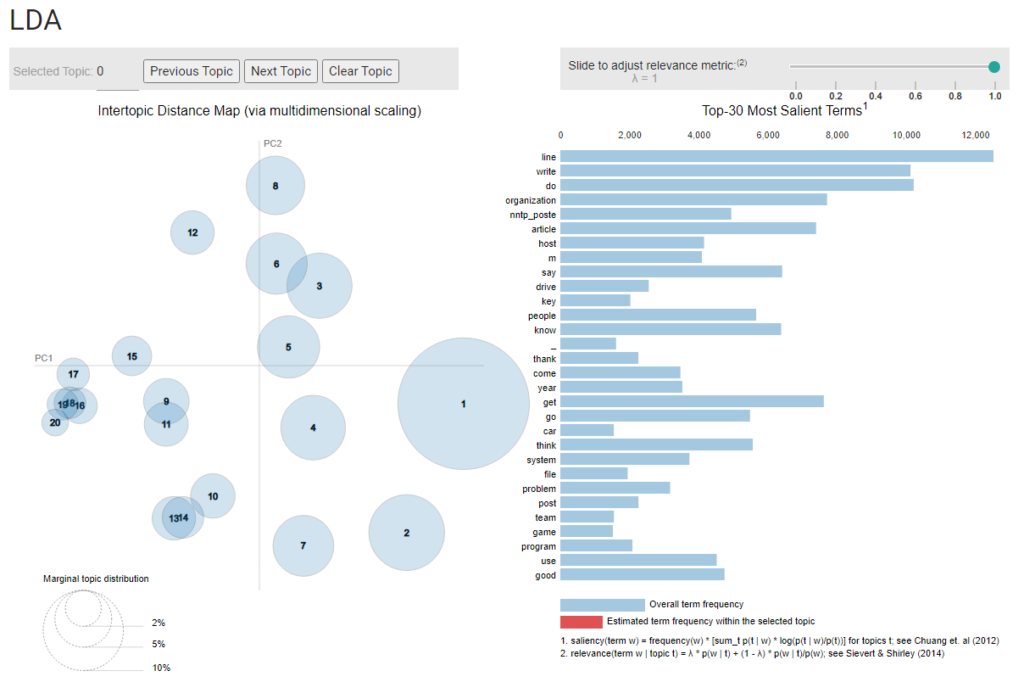I have read the first three chapters of Artificial Unintelligence. Broussard discusses the issues in applying computer technology to every aspect of our lives and the limitations of artificial intelligence. She gives the name “Technochauvinism” to the idea that computers could always solve all human problems. The example she writes about AlphaGo is pretty straightforward, telling us computers work very well or “intelligently” in a highly structured system, just like the “Smart Games Format.” However, AI or computers can lead to algorithmic injustice and discrimination due to the data or orders the creators feed them.
Chun discusses the concepts of “correlation,” “homophily,” and “network science” in her article “Queerying Homophily” in Pattern Discrimination. I also found her explanation in this interview, Discriminating Data: Wendy Chun in Conversation with Lisa Nakamura amazing; she explained how correlation is treated by eugenics and big data as a future predictor, which actually turns out to close the future. I understand what she means by “closing the future” is closing alternatives for the future that are not predictable by the current and past data. I understand homophily is something amplified by people sharing their previous knowledge, experience, behavior, preferences, etc. Echo chambers and bubbles are generated by this homophily data collection and analysis method, further reinforcing the segregation in our society.
I am trying to make a connection here between the above two readings and the Topic Modeling articles for this week. My question for topic modeling will be how to avoid oversimplifying the context, figurative language, and nuance in discovering the topics. If an alternative reading is possible, how can this kind of representation be included in deciding the topics? For example, while the Latent Dirichlet Allocation (LDA) method could give you the percentage of possibility in similarities for topics, is it possible to address something like the impossible topics or the farthest options, or any other kinds of correlations?
The readings for this week remind me of a conversation my friend and I had a long time ago. We think math is a very romantic field because it starts with an agreement between two people that 1 + 1 = 2. If we don’t have a mutual agreement like this, the world will change accordingly. For example, I read that someone was trying to train ChatGPT that 1 + 1 = 3, and the machine will eventually accept it after a bit of struggle. To summarize my post, I believe we need to revisit concepts like “homophily” and “correlation” to keep space for agreement and mutual understanding, going beyond the aim of finding superficial similarities.



